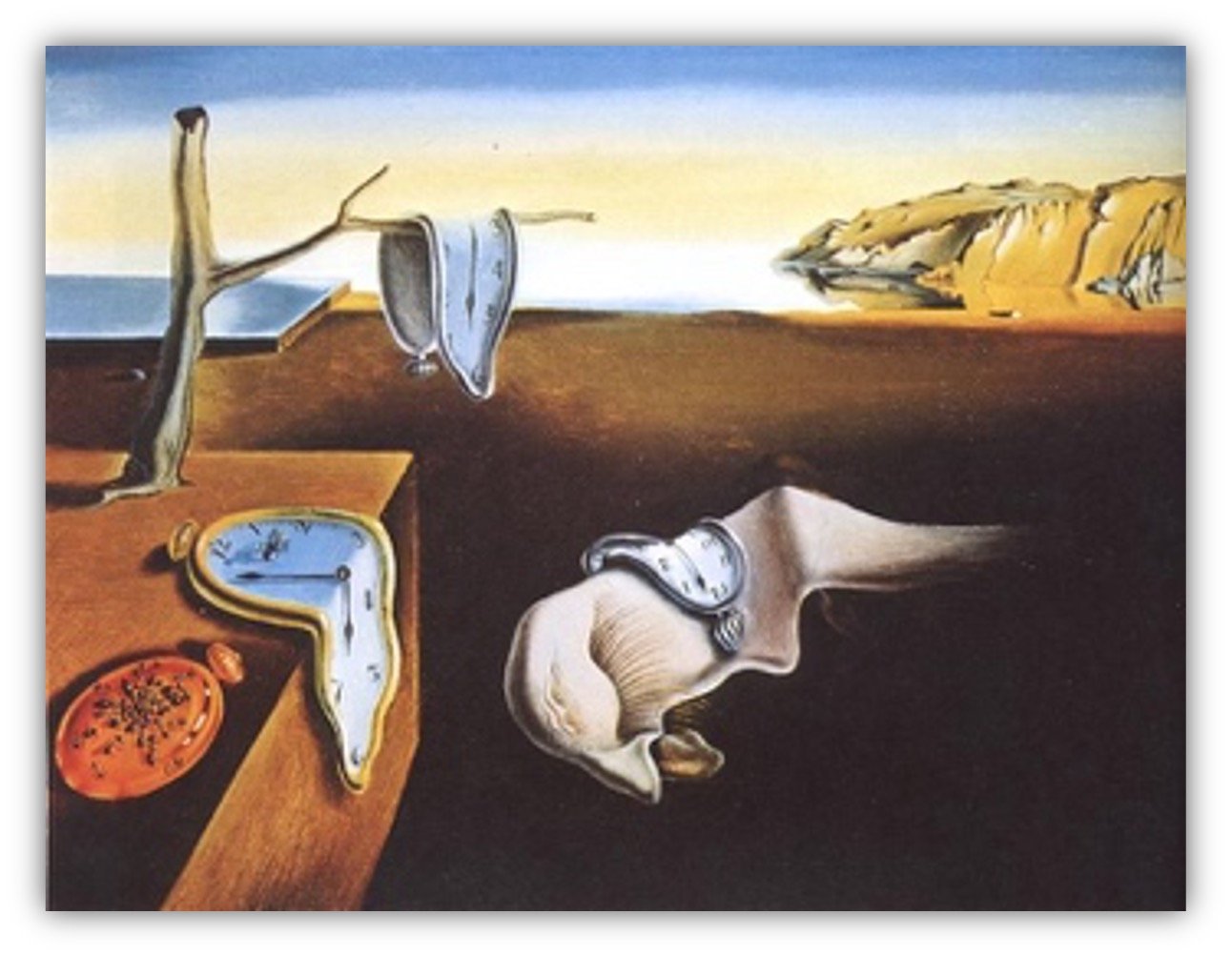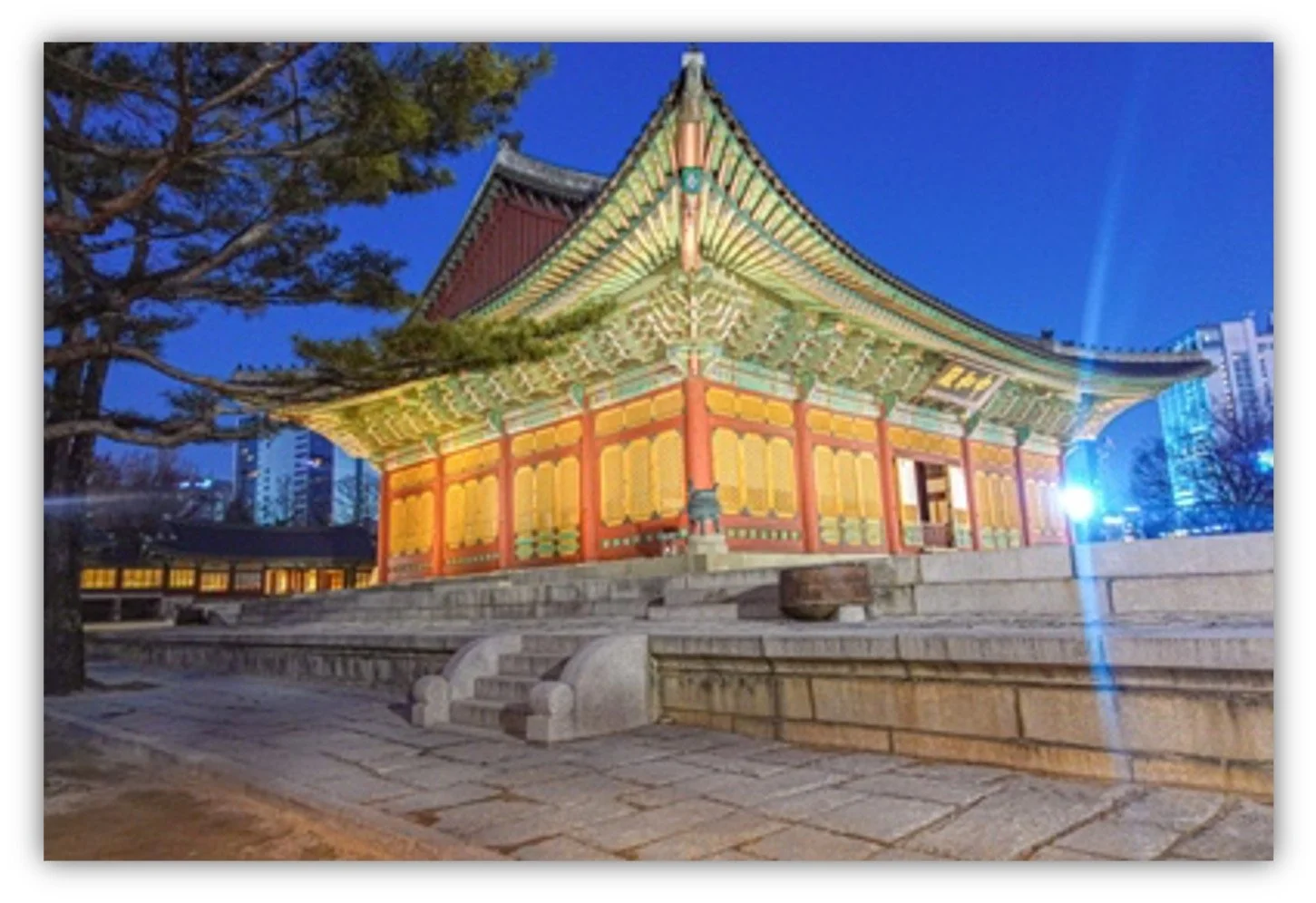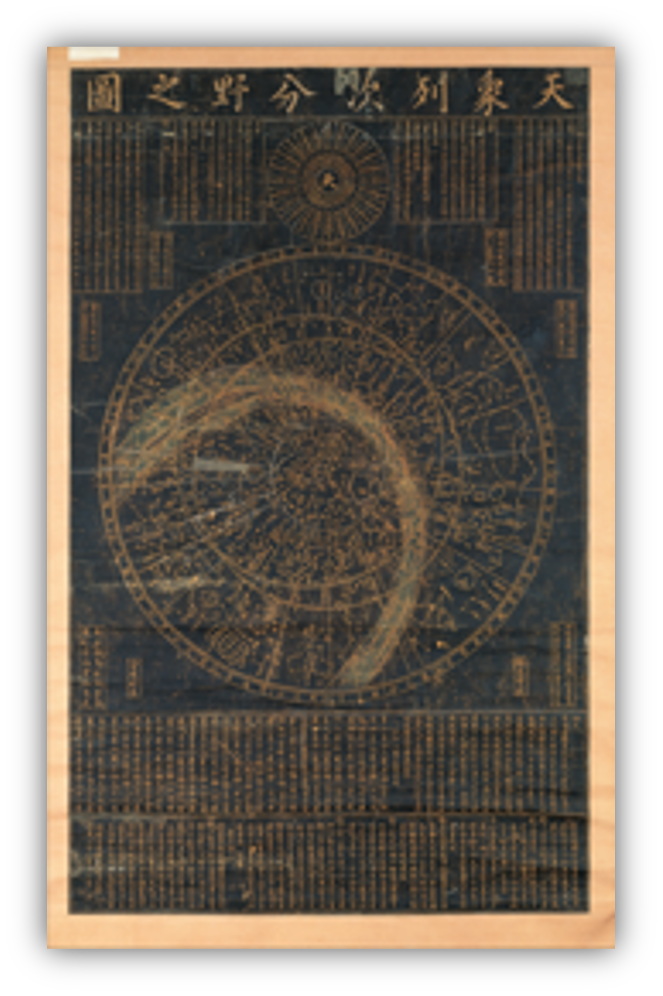SAPIENS
The World of Dreaming
“God, who had chosen me and set me apart before I was born, and called me through His grace, was pleased to reveal His Son in me.”
Galatian 1:15
“…the mystery of God, Christ, in whom are hidden all the treasures of wisdom and knowledge.”
Colossian 2:3, Bible
Sapiens is in the realm of unpatterned patterns. The artist is inspired by the patterns found in ancient roads. During her period of semi-monastic life, she was completely immersed in the ineffable beauty of God’s love and charitable service to the vulnerable, through which she first came to vaguely perceive the concept of a dignified vision of humanity. Divine appellations mesmerized her, but most of all, the sublimity of the Crucifix triumphed and complemented all others. While what we experience in this world is real and valuable, there is more to be articulated to take form in the life of the world.
Inspired by Freud, a Spanish artist like Salvador Dalí spent a significant portion of his life expressing the beauty of the unconscious dimension of human existence.
The Persistence of Memory, 1931
LUDENS
The World of Playing
“On the seashore of endless worlds, children play.”
Tagore
The World of Ludens is the space in-between, between you and me. Here, we play in the realm of ordered imagination, learning to read the patterns woven into the fabric of the world. Scientists play with mathematical principles in this space, while many artists find themselves living within it.
Often unable to function independently, the artist's family and friends helped her with daily routines. A tremendous sense of joy and love flowed through their friendships. They delighted in understanding one another’s patterns, playing with symbols, becoming real to one another, and discovering each other's beauty.
The flower brooch symbolized the care shared between the artist and her professor. She wore it in the classroom as a quiet form of communication during moments of more intense cognitive disruption affecting her vision, hearing, speech, memory loss, and brain fog, alongside cardiac instability and piercing pain. The blue jay feather earrings, crafted by a friend, symbolized hope, as they were frequently found during the garden walk. The crucifix, a gift from a friend who stood by her through her most painful hours, served as an embodied expression of their friendship. “The Song of Mary” is a portrait of the artist, dedicated to her by a fellow artist and friend.
FABER
The World of Working
“Every man is the Artifex of his destiny.”
Appius Claudius Caecus
This is where we test and navigate the multi-layered realities of existence. The elements from the previous two worlds are embedded at the top of the painting, expanding the arena of human work built on the foundation of cultural heritage. While external objects capture our interest and inspire innovation, we simultaneously inhabit all three worlds.
The black frame at the center is inspired by a window at Deoksugung Palace (ca. 1900) in South Korea, while the vision of the stars is drawn from the Stone Constellation Chart (천상열차분야지도: 天象列次分野之圖, 1395), which reflects the scientific knowledge of the Joseon Dynasty.
In addition to her medical research, music became a tangible source of healing during a time when the absence of diagnosis and treatment left the artist in a constant state of precariousness. It served as a sanctuary and refuge, transforming even the darkest days of her life into moments of beauty. Private training in bel canto was crucial for repositioning and strengthening the weak ligaments around her cranial region until she discovered Dr. Moon Hyung Joo. His innovative holistic care in dentistry restored her condition.
Between classes, she often visited the empty chapel to sing classical arias, sacred music, and art songs, which helped her regain stability. She also kept a medical journal chronicling her daily singing and rehabilitation routine.
Listen to One Night I Count the Stars Lyrics by Yun Dong-ju, 1946; Music by Yong-Ju Lee, 2007, From Opera <Yun Dong-ju>
Yun Dong-ju (1917–1945), one of Korea’s most beloved poets, expressed faith, identity, and a quiet yearning for freedom through his verse. A Christian and dreamer, his works, including One Night I Count the Stars, capture a deep, introspective longing. Arrested in 1943 for writing in Korean and conveying a love for his homeland, he was imprisoned in Fukuoka, Japan, where he continued to write poetry, reflecting his inner suffering and enduring affection for his country. In 1945, he passed away in captivity, reportedly as a victim of medical experimentation. Yet, his poetry endures, a gentle yet poignant testament to truth, beauty, and the unspoken sorrows of his time.
The artist first encountered this music during a period of profound cognitive decline. Yet, its beauty illuminated even the darkest moments, transforming suffering into a deeply poetic and transcendent experience.
Deoksugung Palace
The Stone Constellation Chart
Yun Dong-ju
AESTHETICUS
The Word of Already and More
“Korean aesthetics embraces the notion of coexistence, which elevates the arts to ‘the finesse of non finesse,’ transcending the contrasts and differences to elegant simplicity in the innocence of the soul.”
Vivienne Kim
The world of Aestheticus is the world of “Already and More.” It signifies that humanity is already beautiful—you are already beautiful—and there is always more to be discovered. This world embraces and coexists with all other three worlds. The ethos of the world of Aestheticus resonates with Korean aesthetics. All patterns from the previous three worlds—in their complexity, flaws, uncertainty and certainty, suffering and wholeness, sublimity and ordinariness, and mystery—are embedded here. Each crystal represents individuals moving through the history of civilization. Homo aestheticus emerges only through the movement of our collective existence toward Love. The future of humanity remains open to us.




